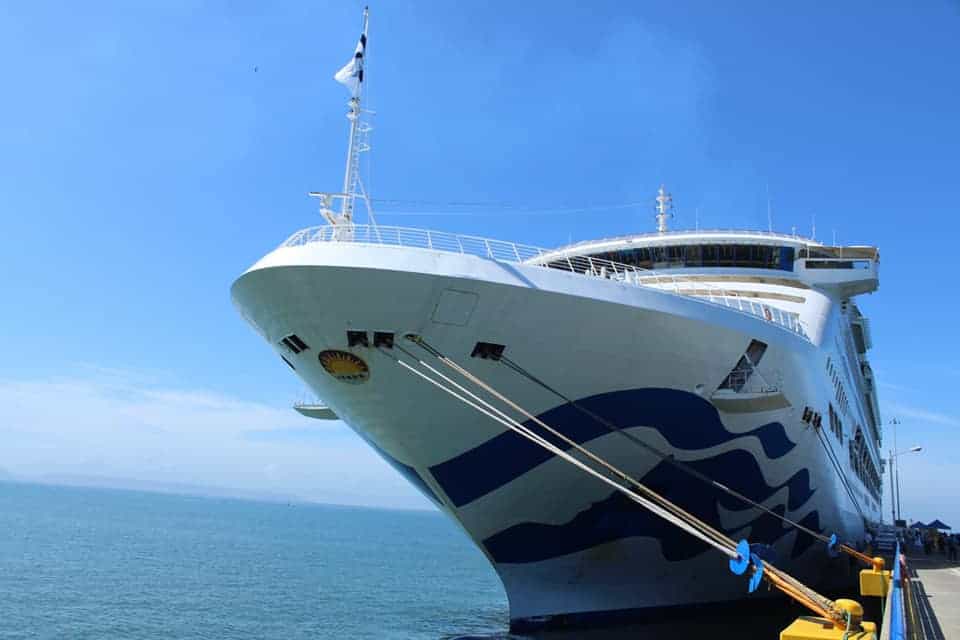Central America is a wonderful vacation destination, that has grown in popularity amongst tourists in the recent years. The region has a lot to offer to the world of tourism in cultural diversity, gastronomy, natural beauty, as well as kindness and warmth from its habitants.
The Costa Rican Institute of Pacific Ports (Incop) presented to the Central American Maritime Transport Commission (Cocatram) the proposal for a new cruise route to position the Central American Pacific destinations.
This initiative envisages tracing a route from the new Port Amador in Panama, passing through the Costa Rican port terminals (Golfito, Quepos and Puntarenas), Nicaragua, El Salvador, and concluding in Puerto Quetzal in Guatemala.
“So far this season, the Costa Rican Institute of Pacific Ports (Incop) already reports the arrival of almost 20,000 tourists on 73 cruise ships that landed at the docks of Puntarenas, Quepos, Golfito and Caldera, figures that were achieved thanks to the protocols that the institution has been applying to prevent COVID-19 and the strategies that have been implemented to market the Pacific terminals,” the institution reported in a statement.
In general, the objective is to support tourism and the chaining of services such as nature, cultural, architectural and archaeological tours. It would also foster the sale of souvenirs, gastronomy, transportation and lodging services, among others.
“These intra-regional initiatives do not imply either eliminating cruise ships coming from other areas nor weakening other modes of transportation”, said Nelson Soto, general director of the Maritime Port Division of the Ministry of Public Works and Transportation of Costa Rica (MOPT).
Panama’s support has been determining. Panamanian representatives encourage these initiatives based on the experience accumulated with the management of the interoceanic canal.
In June, a summit will be hosted in Panama, where concrete proposals for short-haul cruise tourism will be discussed by each of the countries that are part of the Council.
“This event brings together more than 140 tourist destinations and more than 80 cruise lines, among them, 80% are decision makers involved in purchasing processes, planning, food and beverage suppliers, information and technology, designers, shipbuilders and ship equipment sales, tour operators, port authorities and ministries of tourism from different destinations around the world,” Incop explained in the press release.
“Our proposal seeks to move this initiative from paper to practice, so that we can implement it as soon as possible,” said Elvia Bustavino, Secretary General of the Panama Maritime Authority.
The transport of tourists would be complementary to the maritime transport of goods. Therefore, this plan will also be beneficial and an alternative for commerce, in times when natural disasters such as storms and earthquakes hit the region, damaging the road network and impede the movement of products by land for certain periods of time.






